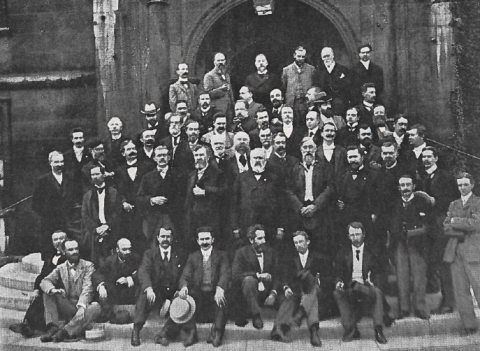Anaesthesia and pharmacology headline Year-in-Review session
Professor Marzena Dominiak
Head of Oral Surgery Department, Medical University of Wroclaw, Anaesthesia & Pharmacology Year-in-Review session chair
What makes the Anaesthesia & Pharmacology Year-in-Review session unique? What will participants learn?
The Anaesthesia & Pharmacology Year-in-Review session is a thematic block with four lectures on several topics, including different anaesthesia methods and equipment, endodontic anaesthesia, and anaesthesia for patients with comorbidities, such as cardiovascular disease.
The lectures will discuss the use of painkillers during and after dental procedures. The lectures begin with the basic concepts of anaesthesia combined with innovative elements that make clinical anaesthesia an effective method to treat pain. The lectures then address the use of painkillers used in acute, chronic as well as post-operative pain.
We will also discuss the crucial issue of complications after anaesthesia, including systemic adverse effects of local anaesthetics, neurosensory disturbances after IANB (inferior alveolar nerve block). We will also analyze the choice of local anaesthetic, especially in terms of concentration and neurotoxicity.
What do you think is the most important area of research concerning anaesthesia within the dental setting?
The most important area of research concerning anaesthesia within the dental setting is efficient pain elimination during dentistry procedures. This creates a situation of comfort both for the doctor and the patient, allowing the procedure to be performed in stress-free conditions, successfully, and completely.
Efficient pain elimination concerns all kinds of patients: adults, children, pregnant women, and patients with comorbidities such as cardiovascular disease or neurological conditions. For this reason, research is currently being conducted on warming or buffering the solution prior to administration to further reduce pain. Warming or buffering allows for a reduction in pain on administration and during the procedure. Warming or buffering also allows for a lower dose of anaesthesia, which makes it a safer option, especially for patients with comorbidities.
How do you approach a patient who is fearful of the anaesthesia aspect of the dental procedure, or dental work in general? What do you think is the most useful strategy in this regard?
In my daily practice, I use CCLAD devices (computer controlled local anaesthesia devices), which makes anaesthesia both more efficient, less painful, and at a reduced dose. The use of CCLAD diminishes the patient’s fear of a conventional needle and syringe. It also helps to control the pressure of anaesthesia administered, which prevents a number of complications, including: a lack of anaesthetic effect, nerve damage, and bone/soft tissue necrosis due too high pressure or amount of anaesthesia.
I appreciate working with aware patients, and I encourage them to learn about different anaesthesia methods and equipment from the brochures or video presentations in the waiting room before the surgery. When I meet with my patients, I discuss the pros and cons of every method. The final decision for the optimum method of anaesthesia is made only after a full medical interview.




